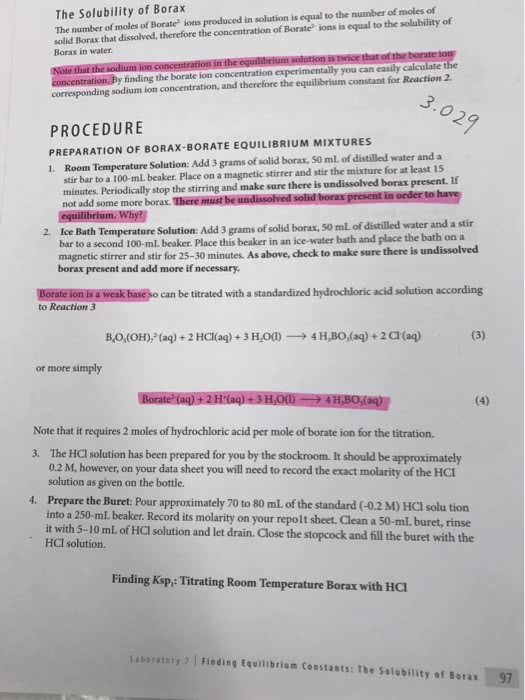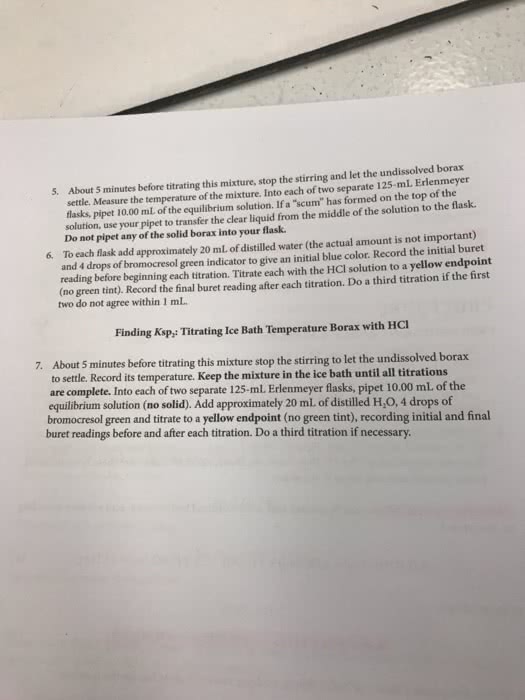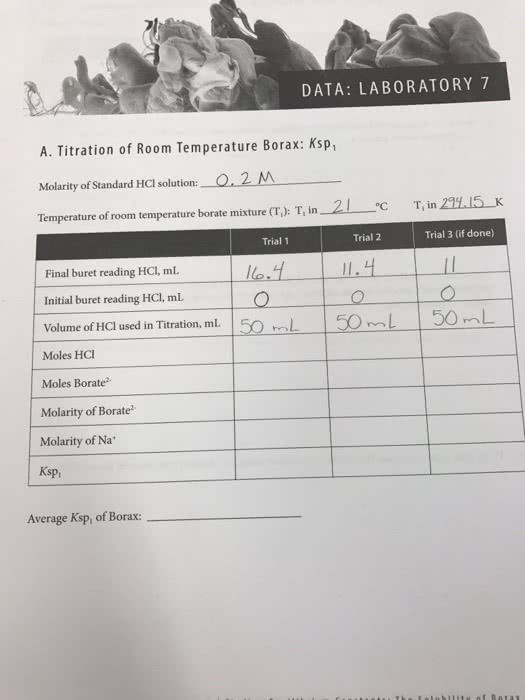Green Chemistry:
Reaction:
1. Obtain a 100 mL beaker. Add a stir bar, 30 mL DI water, and 8 g (13 mmol) Oxone. The 13 mmol refers to the active portion of Oxone. As part of the prelab look up Oxone in Sigma-Aldrich and determine what the active portion is.
2. Place on the center of a magnetic stirrer and stir until the Oxone is completely dissolved in the water. This will take 20-25 minutes. If the solid does not all dissolve, pour the liquid into a clean beaker and assume it is a saturated solution.
3. Add some ice and water to make an ice bath in an evaporation dish and place on the magnetic stirrer. Magnetic stirrers are really designed to have only one flask on them at a time, so you may have to adjust the placement of the two flasks to ensure both are stirring.
4. To a clean (does not have to be completely dry) 100 mL round bottom flask add a stir bar, 30 mL of acetone, 1.482 g of trans-anethole (10 mmol), and 4 g (47.6 mmol) of solid pure NaHCO3. Clamp the round bottom flask to the ringstand, placing the round bottom flask in the ice bath.
5. Begin stirring. When this solution is sufficiently cooled to â 0 °C and the Oxone solution is ready, transfer the Oxone solution to a separatory funnel.
6. Add the Oxone solution dropwise to the round bottom flask containing your alkene. Use caution to avoid causing an overly vigorous reaction.
7. Once the addition of the Oxone solution is complete, remove the flask from the ice bath and stir unheated for 30 minutes. You will see lots of white salts precipitate out of solution. (What are these salts?)
Reaction Workup
1. Attach a separatory funnel holder to the ring stand in the hood. Set a separatory funnel in the ring. Flute or cone a large piece of P8 filter paper and place in a large plastic stemmed funnel (not a Hirsch or Buchner). Pour the reaction mixture through the filter paper into the separatory funnel.
2. Wash the solid with a small 10 mL diethyl ether using a pipette.
3. Add 25 mL diethyl ether to the separatory funnel, shake and vent three times. The aqueous layer will be on the bottom (why?).
4. Drain off the aqueous layer into a beaker.
5. Drain off the organic layer into a 125 mL Erlenmeyer flask. This whole process is called extracting.
6. Put the aqueous layer back in the separatory funnel and extract again with another 25 mL of diethyl ether. Drain off the aqueous layer and add the first organic layer to the second organic layer in the separatory funnel.
7. Add 20 mL DI water to the combined organic layers, shake and vent three times, and let the layers separate. This is called washing.
7. Add 20 mL of saturated aqueous NaCl (brine) to the organic layer. Shake well and vent several times. Let the layers separate. Drain off the aqueous layer.
8. Pour the organic layer into a 125 mL Erlenmeyer flask. Add a small (size of your fingertip) amount of drying agent. We are using anhydrous magnesium sulfate. Stir the solution for 10 minutes to adequately dry the ether.
9. When the ethereal solution is dry (snow globe effect), filter to remove the drying agent. Flute or cone a large piece of P-8 filter paper and place in a stemless or stemmed plain funnel (not a Hirsch or Buchner). Filter into a clean dry pre-weighed (tared) 100 mL round bottom flask.
Compound Price per gram (list)
trans-anethole $1.41
oxone $0.42
sodium bicarbonate $0.12
acetone $0.33
diethyl ether $0.12
sodium chloride $0.13
magnesium sulfate $0.17
Waste disposal (aqueous or organic): $2.50 /lb.
Product is trans-anethole oxide. Actual yield 0.97. Theoretical yield 1.642 g. 59.07% yield
1. Calculate the atom economy calculations for oxone reaction, cost of reaction per g of product (this includes all reagents/starting materials needed to run the reaction and do the workup), g of waste per g of isolated product, cost of waste per g of isolate product
Green Chemistry:
Reaction:
1. Obtain a 100 mL beaker. Add a stir bar, 30 mL DI water, and 8 g (13 mmol) Oxone. The 13 mmol refers to the active portion of Oxone. As part of the prelab look up Oxone in Sigma-Aldrich and determine what the active portion is.
2. Place on the center of a magnetic stirrer and stir until the Oxone is completely dissolved in the water. This will take 20-25 minutes. If the solid does not all dissolve, pour the liquid into a clean beaker and assume it is a saturated solution.
3. Add some ice and water to make an ice bath in an evaporation dish and place on the magnetic stirrer. Magnetic stirrers are really designed to have only one flask on them at a time, so you may have to adjust the placement of the two flasks to ensure both are stirring.
4. To a clean (does not have to be completely dry) 100 mL round bottom flask add a stir bar, 30 mL of acetone, 1.482 g of trans-anethole (10 mmol), and 4 g (47.6 mmol) of solid pure NaHCO3. Clamp the round bottom flask to the ringstand, placing the round bottom flask in the ice bath.
5. Begin stirring. When this solution is sufficiently cooled to â 0 °C and the Oxone solution is ready, transfer the Oxone solution to a separatory funnel.
6. Add the Oxone solution dropwise to the round bottom flask containing your alkene. Use caution to avoid causing an overly vigorous reaction.
7. Once the addition of the Oxone solution is complete, remove the flask from the ice bath and stir unheated for 30 minutes. You will see lots of white salts precipitate out of solution. (What are these salts?)
Reaction Workup
1. Attach a separatory funnel holder to the ring stand in the hood. Set a separatory funnel in the ring. Flute or cone a large piece of P8 filter paper and place in a large plastic stemmed funnel (not a Hirsch or Buchner). Pour the reaction mixture through the filter paper into the separatory funnel.
2. Wash the solid with a small 10 mL diethyl ether using a pipette.
3. Add 25 mL diethyl ether to the separatory funnel, shake and vent three times. The aqueous layer will be on the bottom (why?).
4. Drain off the aqueous layer into a beaker.
5. Drain off the organic layer into a 125 mL Erlenmeyer flask. This whole process is called extracting.
6. Put the aqueous layer back in the separatory funnel and extract again with another 25 mL of diethyl ether. Drain off the aqueous layer and add the first organic layer to the second organic layer in the separatory funnel.
7. Add 20 mL DI water to the combined organic layers, shake and vent three times, and let the layers separate. This is called washing.
7. Add 20 mL of saturated aqueous NaCl (brine) to the organic layer. Shake well and vent several times. Let the layers separate. Drain off the aqueous layer.
8. Pour the organic layer into a 125 mL Erlenmeyer flask. Add a small (size of your fingertip) amount of drying agent. We are using anhydrous magnesium sulfate. Stir the solution for 10 minutes to adequately dry the ether.
9. When the ethereal solution is dry (snow globe effect), filter to remove the drying agent. Flute or cone a large piece of P-8 filter paper and place in a stemless or stemmed plain funnel (not a Hirsch or Buchner). Filter into a clean dry pre-weighed (tared) 100 mL round bottom flask.
Compound Price per gram (list)
trans-anethole $1.41
oxone $0.42
sodium bicarbonate $0.12
acetone $0.33
diethyl ether $0.12
sodium chloride $0.13
magnesium sulfate $0.17
Waste disposal (aqueous or organic): $2.50 /lb.
Product is trans-anethole oxide. Actual yield 0.97. Theoretical yield 1.642 g. 59.07% yield
1. Calculate the atom economy calculations for oxone reaction, cost of reaction per g of product (this includes all reagents/starting materials needed to run the reaction and do the workup), g of waste per g of isolated product, cost of waste per g of isolate product




